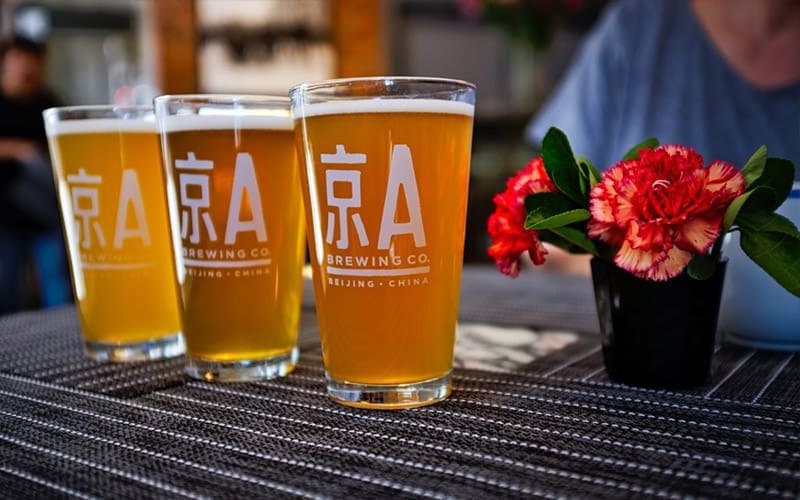With an annual consumption of 45.7 billion litres, China is now the world’s largest beer market. However, what you might not know is that beer, or at least modern brewing, is a relatively recent phenomenon in China.
It was only in 1900, and the arrival of a Russian businessman in the city of Harbin that the first modern brewery was opened in the country. Originally producing 400,000 bottles every year, that brewery is now named “Harbin” and belongs to ABInbev. In the five years after the opening of the Harbin brewery, businessmen from Russia, Germany, and the Czech Republic established three other breweries in the city. In 1903, British and German businessmen set up a brewery in Qingdao, with an annual production capacity of 2000 tons; that brewery was the predecessor of the famous Tsingtao (Qingdao) Beer.
Consolidation and competition
Until the establishment of the People’s Republic of China in 1949, breweries were mainly owned by foreigners, and it was foreigners living and working in China who were their main customers. From 1958 onwards, new breweries started appearing in large cities and by 1979 there were more than 90 breweries around China. However, this was the era of the planned economy in China, and the overall scale of beer production was small. It is only since 1980, then, that China’s beer industry has experienced a belated boom in production and sales.
In the ten years following 1980, there were nearly 1000 breweries across the country. Some people who worked in the industry during this boom have commented that having a brewery was just like having a money-printing machine. Chinese drinkers had a lot of options, brands were increasingly competing against each other for market share, and for the first time foreign breweries then entered into the Chinese market in a big way.
From 1992, the boom shifted towards a first round of mergers and acquisitions. Since the start of the 2000s, competition in the Chinese beer industry has remained fierce, at the same time as the concentration of beer brands into the hands of a small number of major players has increased. There are five brewing giants now: CR Snow – the biggest producer, with a market share by volume over 25%, Tsingtao, Budweiser, Yanjing, and Carlsberg.
The Chinese beer market in 2019
At the same time as this consolidation at one end of the market, the high-end beer category (categorised as more than 14RMB/bottle) has been growing at a rate of 16%-25% since 2012. There have been many small craft beer brewpubs and breweries popping up over the past seven years fuelling this growth but as China has no definition for craft brewers or craft beer, there are no official statistics on the size of this chunk of the market. According to some Chinese beer experts, the number of small brewpubs and breweries in the country stand at nearly 1000 in 2019.
In order to bring some regulation to this part of the brewing industry, the beer division of the China Alcoholic Drinks Association is currently drafting a set of standards to regulate small brewpubs and breweries. As a part of this, small brewers are expecting to have the requirement to prodcue “18,000 bottles per hour” removed from the process of applying for a bottling licence. Us industry watchers will wait and see with interest what the new regulations will look like, and what affect they will have on the beer market in the coming years will be and how it will affect the beer market.



